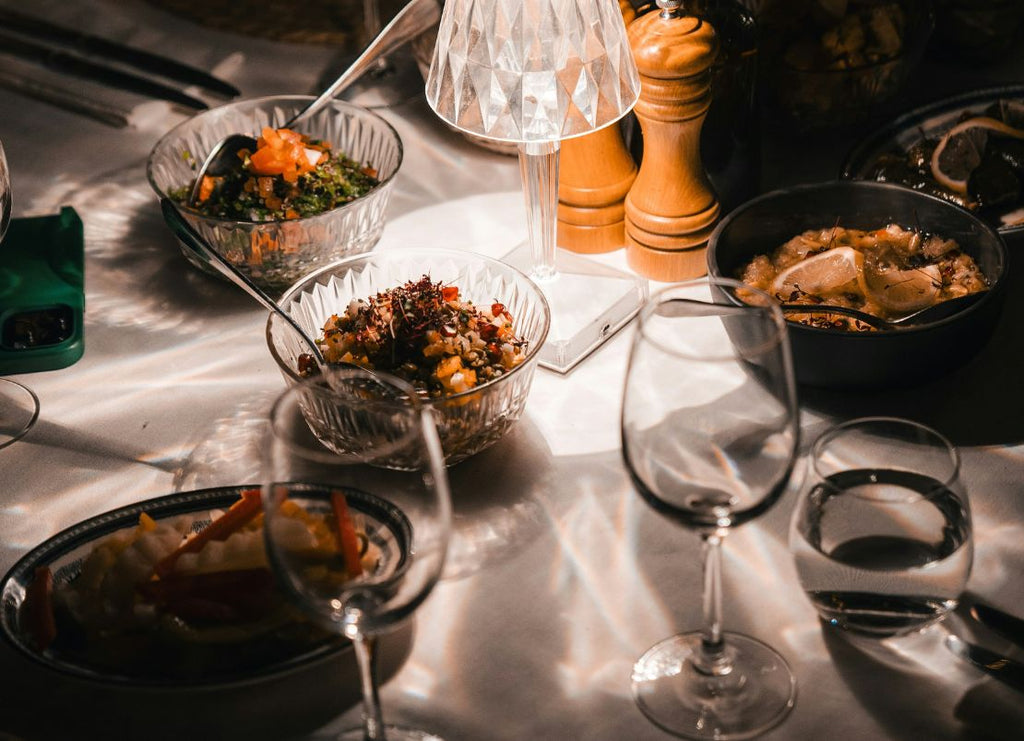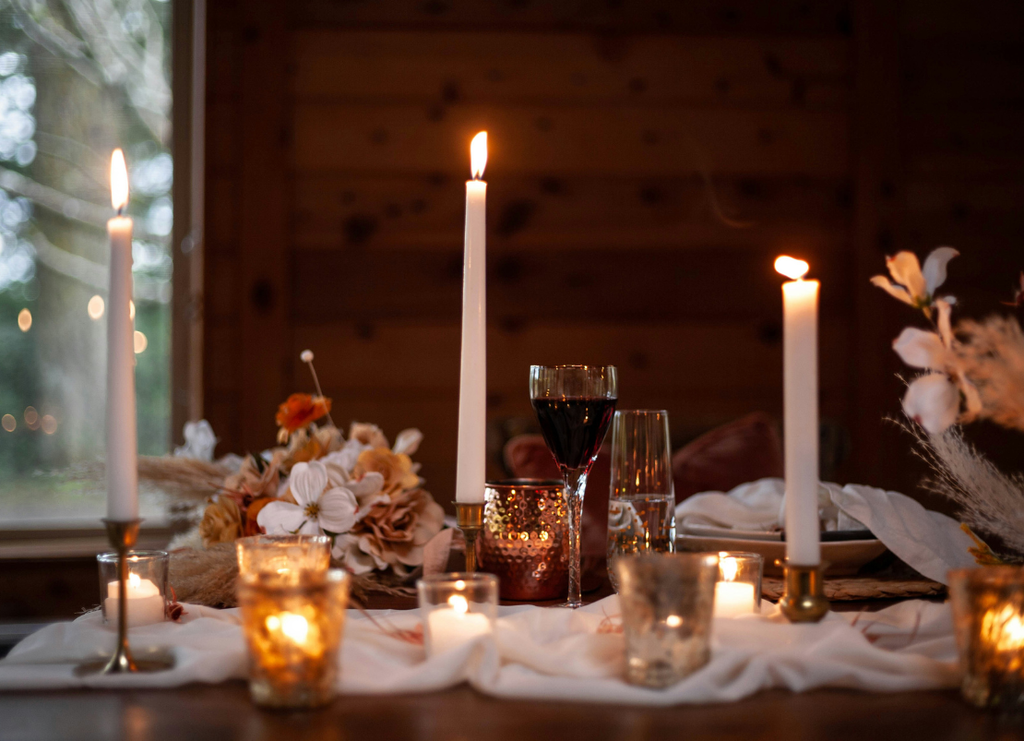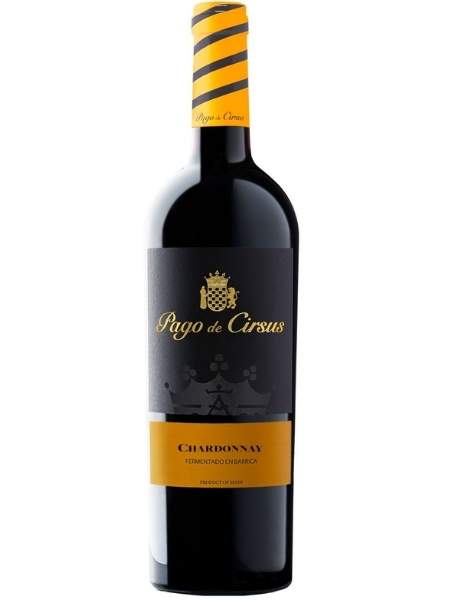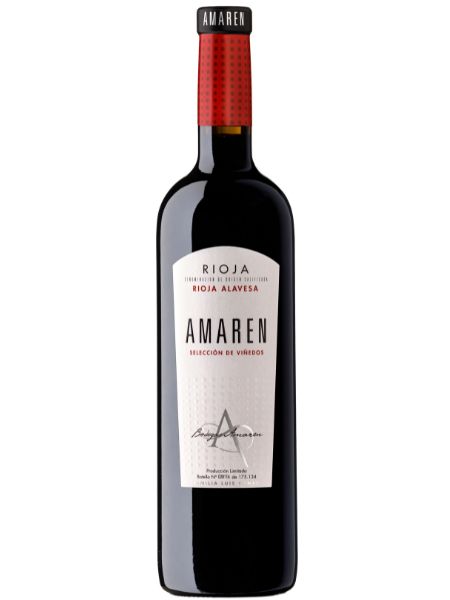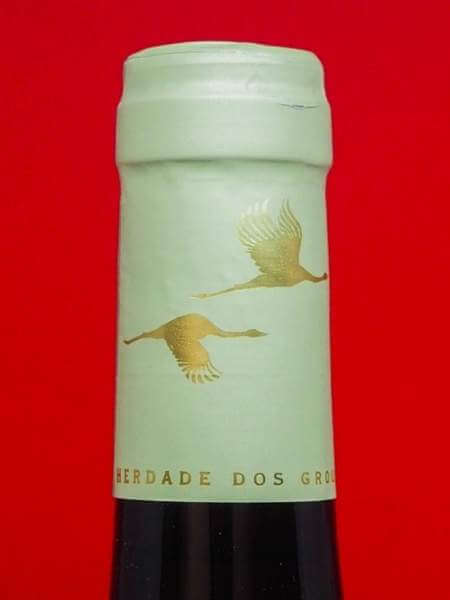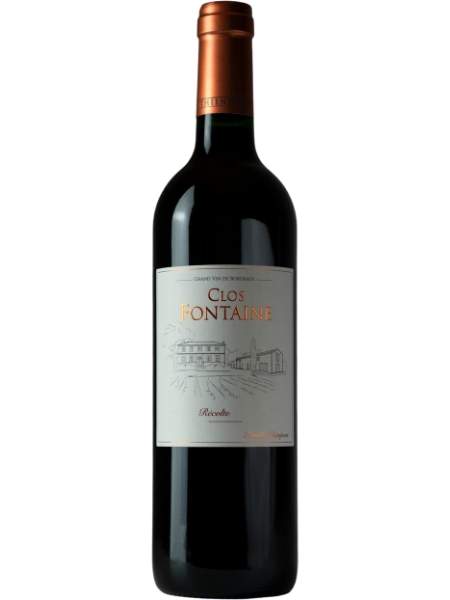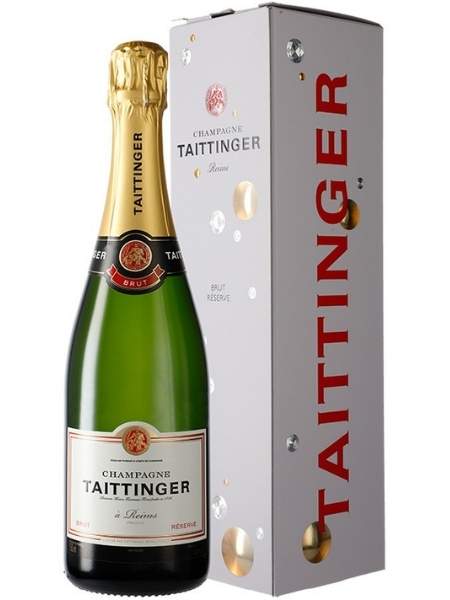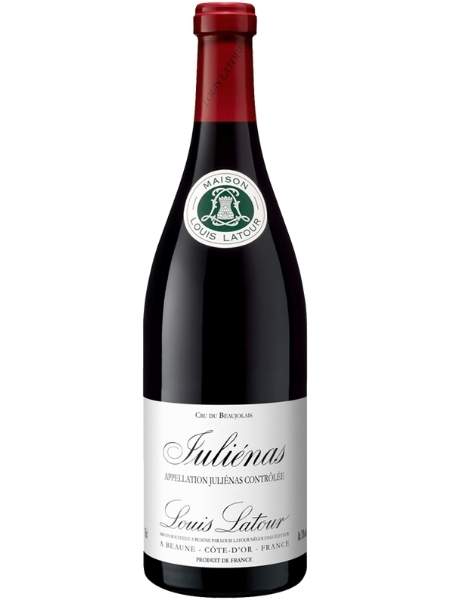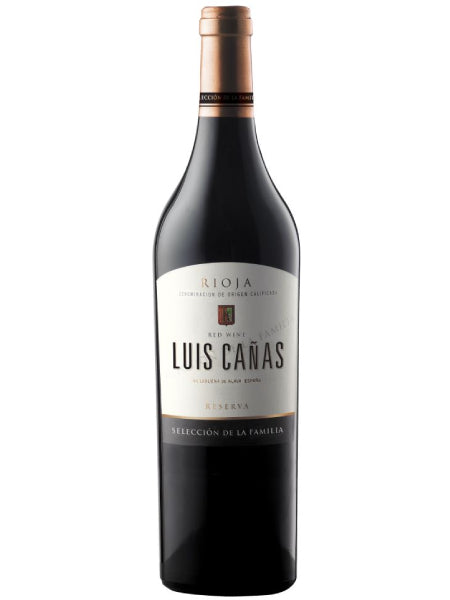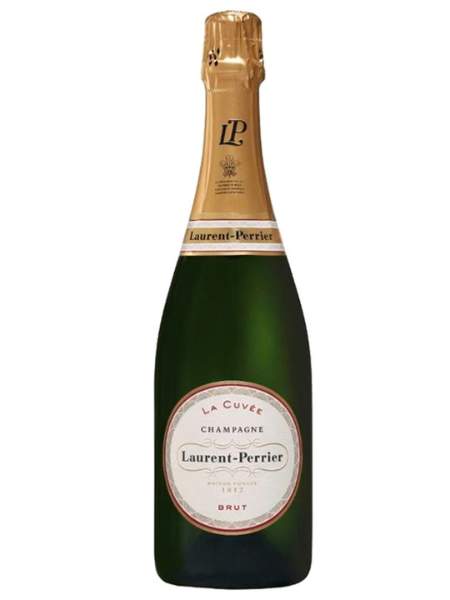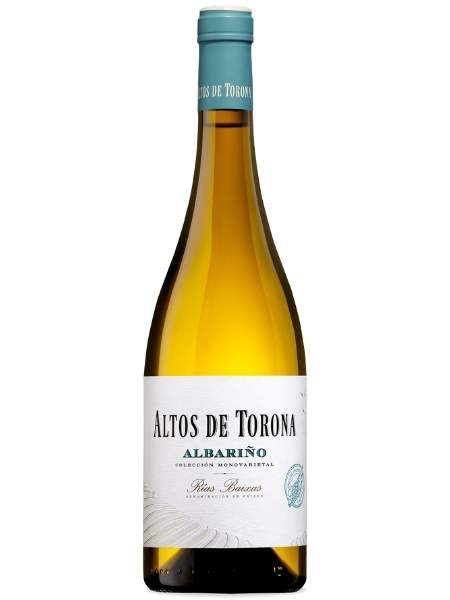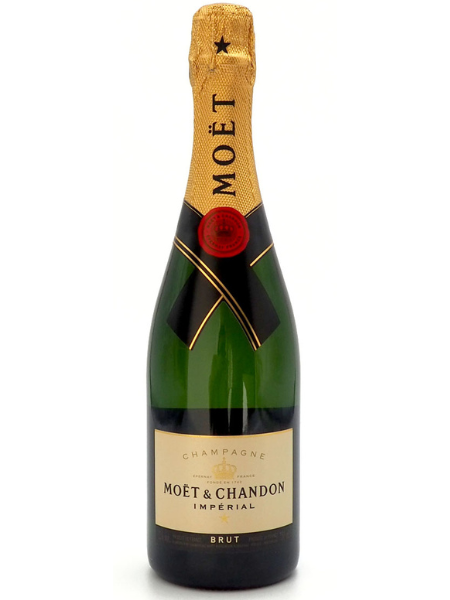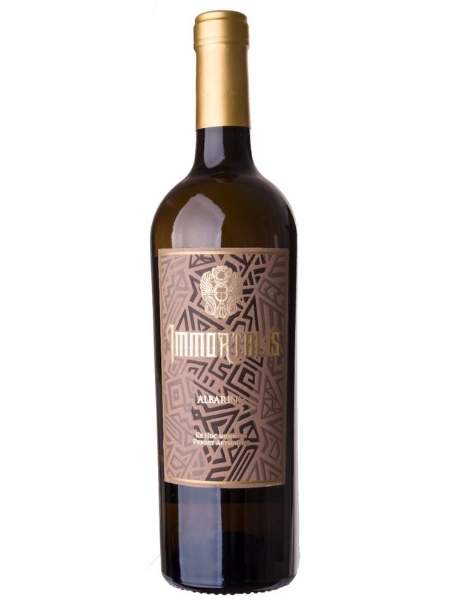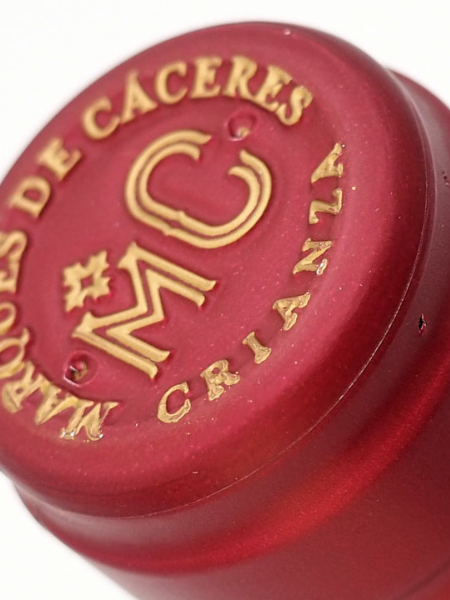
Cava & Champagne for Christmas and New Year

The History of Champagne
It is said that in 1642 , Louis XIV, known as the Sun King, following the monarchs' tradition of toasting with wine, demanded that the golden yellow wine created by the Benedictine monk named Pierre Perignon be brought to the Palace of Versailles.
Coincidentally, or maybe not, that monk had created one of the most famous drinks in the world, champagne.
How was it possible for that blind monk to recognize from what vineyards came the grapes from which the wine was made just by tasting them? He was undoubtedly a genius who managed to make champagne, one of the most select drinks in the world to date, three centuries later.
Thanks to Louis XIV, champagne began to be associated with the French nobility and became the favorite drink of kings in the seventeenth and eighteenth centuries. Even Napoleon celebrated his victories by opening a few bottles of the best champagne of the time.
Later, at the beginning of the 20th century, a car race from Beijing to Paris offered a bottle of champagne as a prize for the winner, and since then the sport has also been associated with this majestic and sparkling drink.
So it is not surprising that the opening of a good bottle of cava or champagne has become associated in our society with all kinds of parties and celebrations . And what better time than Christmas to discover and enjoy the fine bubbles of a sparkling wine.
What is Champagne
The champenoise method , respectively champagne, as we mentioned earlier, have more than three centuries of history. Champagne is a quality sparkling wine, made with a basic wine that has already undergone a first fermentation and then goes through a second fermentation in the glass .
Differences and similarities
This method is also used in the production of Spanish cavas, the difference between champagne and cava being given by the grape varieties, which are different, but also by the areas where the vineyards are located, which have different climates and soil types.
Both champagne and cava are natural sparkling wines , as this wine, due to the second fermentation in the glass, has a high percentage of carbon dioxide. This gas cannot escape from the glass, so it integrates into the liquid and turns into bubbles that give personality to one of the most authentic wines in the world.
In France, champagne began to be so named because it adopted the name of the Champagne region , where its vineyards are located, one of the highest areas in France. In Spain, however, although it is manufactured in the same way, it is no longer so called.
For a long time it was called champagne, being also the star drink of the Spanish nobles and bourgeoisie in the happy 1920s. But in the early 1970s, France banned the use of the name because it was a protected designation of origin, so to avoid conflicts with France, Spain set up the Sparkling Wine Regulatory Council, thus resolving the dispute between the two countries.
The name Cava was given to sparkling wines because they were cava ( cellar ) wines, meaning wines that have been aged and rested for a long time in an underground cellar.
In Spain, 90% of cava production is carried out in Catalonia , although there are localities in the rest of Spain that produce cava and are included in the Regulatory Council, because when it was set up, all those wineries that produced sparkling wine were registered, with a second fermentation in the glass and a subsequent rest in the cellar for at least nine months.
Catalonia is without a doubt the largest producer of cava in Spain, it is the region where the DO Cava is located , in the heart of the Penedès, an area where sparkling wine, cava, has been and will be a benchmark of quality and core many families.
If you are thinking of a sparkling wine for New Year's Eve, a party, friends or family, the ideal product is a champagne or, why not, a good cava, to enjoy the golden bubbles of happiness welcoming the new year with future projects, hopes and good wishes.
Our selection of champagne for the holidays
Bollinger Spécial Cuvée Brut , one of the classic "non vintage" wines, a word that means that it is made from a blend of basic wines from different harvests, this Brut has undergone its first fermentation in oak barrels, which gives it unique nuances. . Made mostly of Pinot Noire, on the nose we notice a great complexity of flavors, such as ripe apple, compote or peach, as well as notes of pastry and hazelnuts. A very high class champagne, with a fine and delicate bubble, but very vivid, and with an intense golden color, very attractive to the eyes.
Taittinger Brut Reserve, a forty-six-month-old champagne made in the proportion of forty percent of Chardonnay, this champagne is the pride of the house, a champagne that is kept with great care eighteen meters underground, in addition, each of bottles are made by hand, taking care of every detail, from rest, during aging in the cellar, to its subsequent marketing.
Moët & Chandon Brut Imperial, another "non vintage" blend of Pinot noir, Pinot menier and Chardonnay, which uses over a hundred wines blended to enhance maturity and complexity, keeping the distinguished style of one of the best sparkling wines from the world. A delicate and elegant champagne, made to surprise.
If you're one of those people whose luxury doesn't leave you indifferent, another New Year's Eve champagne is La Veuve Clicquot, the Great Lady of French Champagne, a determined woman who, remaining a widow in the 19th century, not only reaffirmed her business. which her husband had left her, but she also gained the prestige that the brand still retains today, without a doubt one of the most select bubbles on our site.
Our selection of Cava sparkling wine for New Year's Eve
Cava Adernats Gran Reserva Pur 2012 , a high quality sparkling wine from Vinicola de Nulles, Nulles Wine Cathedral, which tells the story of an entire village's effort to achieve a dream, a cava with a pronounced Mediterranean character, because its vineyards are planted just 12 kilometers from the sea, a quarry made from 50% macabeo and 50% xarello, straw-yellow in color and with golden reflections, this quarry with fine and persistent bubbles is a safe choice for our meal these days for the holiday.
Chapó Reserva cava from Mas Tinell winery, made entirely from Chardonnay grape, one of the quintessential French varieties that has adapted very well to the Penedès climate, makes it one of the most international cavas with a well-defined bubble. and a constant utterance, with aromas of white flowers such as jasmine, tropical fruits such as pineapple and notes of citrus, Chapó is another cavas that should not be missing from this festive season.
Cava Laietà Rosé Gran Reserva. From Alta Alella winery, an organic cava suitable for vegans, obtained from the Mataró grape variety, originally from the area, but also called Monastrell in other parts of Spain, this cava with a minimum of 30 months of age has aromas of violets and fruits. red, and the fine and delicate bubbles give it a very seductive sensation in the mouth, another Spanish cava that will leave you speechless.
We hope that your choice of golden bubbles for the Christmas holidays, whether it is champagne or cava, will be the best and that you will enjoy them with your loved ones.
Discover all our sparkling wines here. Order them before December 20 to receive them before the holidays.
We thank our friend Isabel Zaro for all the interesting information in this article.
See you next time, wine lovers,
Dis&Dis Team



